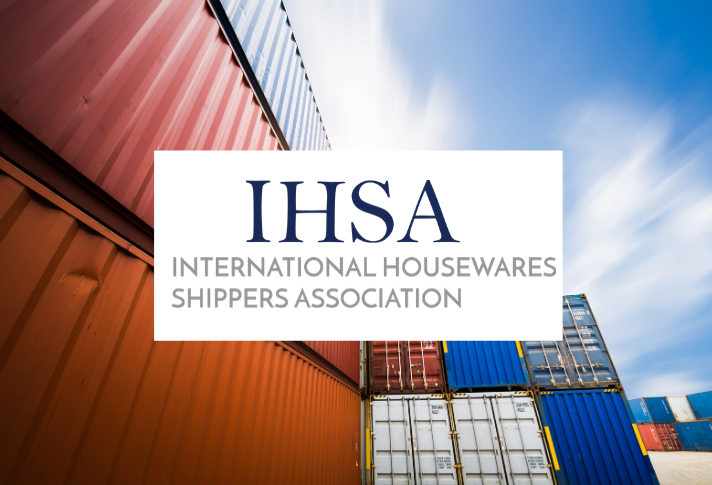The shipping environment is wreaking havoc on US importers trying to get products into their supply chains prior to the upcoming holiday season. To make matters worse, there is no end in sight to the shipping turmoil facing shippers. Logistic experts are predicting the current turmoil will last at a minimum through February 2022.
Shippers have been left wondering how Asia to the US market reached this level of chaos. Although lack of space and severe congestion in the past has impacted container imports, what shippers are experiencing this year is something the industry has never seen before. It boils down to simple economics. Demand continues to far outpace available supply. Demand from Asia has been at unprecedented levels since June 2020. Carriers and are not equipped to handle this type of continual surge in demand.
Contrary to what some shippers think, carriers are not purposely holding ships out of Asia to US trade in order to keep rates artificially high. While they have used this tactic in past years, that is not the case in the current market. All major global trade lanes are experiencing the same issues as Asia to US market. There are no large ships sitting idle somewhere waiting to be put in rotation. Shippers need to recognize that the present space challenges will be prevalent through February 2022.
The entire US infrastructure is busting at the seams. Carriers continue to blank (cancel) sailings at Asian ports in an attempt to clear the backlog of containers at US ports. While this could help on the US side, blank sailings only add to the space problems for shippers trying to move cargo out of Asian ports. Moving cargo to inland US destinations via rail has become a tremendous challenge for shippers. The backlog of containers waiting to be loaded on trains moving inland is overwhelming. Delays of 30 days or longer before a slot on a train can be secured is not uncommon. Railroads are reacting by suspending services that move cargo to inland destinations. The hope is to clear out rail yards already stacked with countless containers waiting to be pulled. Some carriers are refusing to provide space at the origin if the container’s final US destination needs to move on the rail.
Ocean freight rates are approaching levels where it may not make sense to import lower valued commodities. Rates are expected to climb even higher over the next few months as the holiday season approaches. These are challenging times for all stakeholders involved in the supply chain. There are no painless solutions to move cargo in this type of environment.
There are several steps you can take that could help mitigate some of the pain.
- Relationships are more important than ever. Do not eliminate your current provider(s). Reassess your relationships when the shipping industry returns to a more manageable environment.
- Change your lead times to reflect the current market. Most cargo is experiencing a 6 – 10 week delay.
- Adhere to your weekly container allocation arranged by your service provider. If you are allowed 5 containers per week, do not show up with 6 containers. The entire shipment is likely to be refused if you show up with more than your allocation.
- Consider all service modes including less than container load and airfreight. These are expensive options but so are the current ocean rates.
- Transload your cargo on the West Coast or East Coast. Transloading will bypass the rail delays and increase your chances of securing space on a ship from your provider. Carriers are more inclined to provide space for containers not moving to US inland destinations.
- Consider all US ports of entry. Emphasis should be on getting your cargo on US soil.
There are no short-term solutions to fix the US supply chain woes. Every stakeholder involved in the supply chain, including the US Government, will need to work together to come up with solutions. These solutions will likely take years not months to implement. If done with the input and full support of the shipping industry, we should never have to experience another year like 2021 again.



